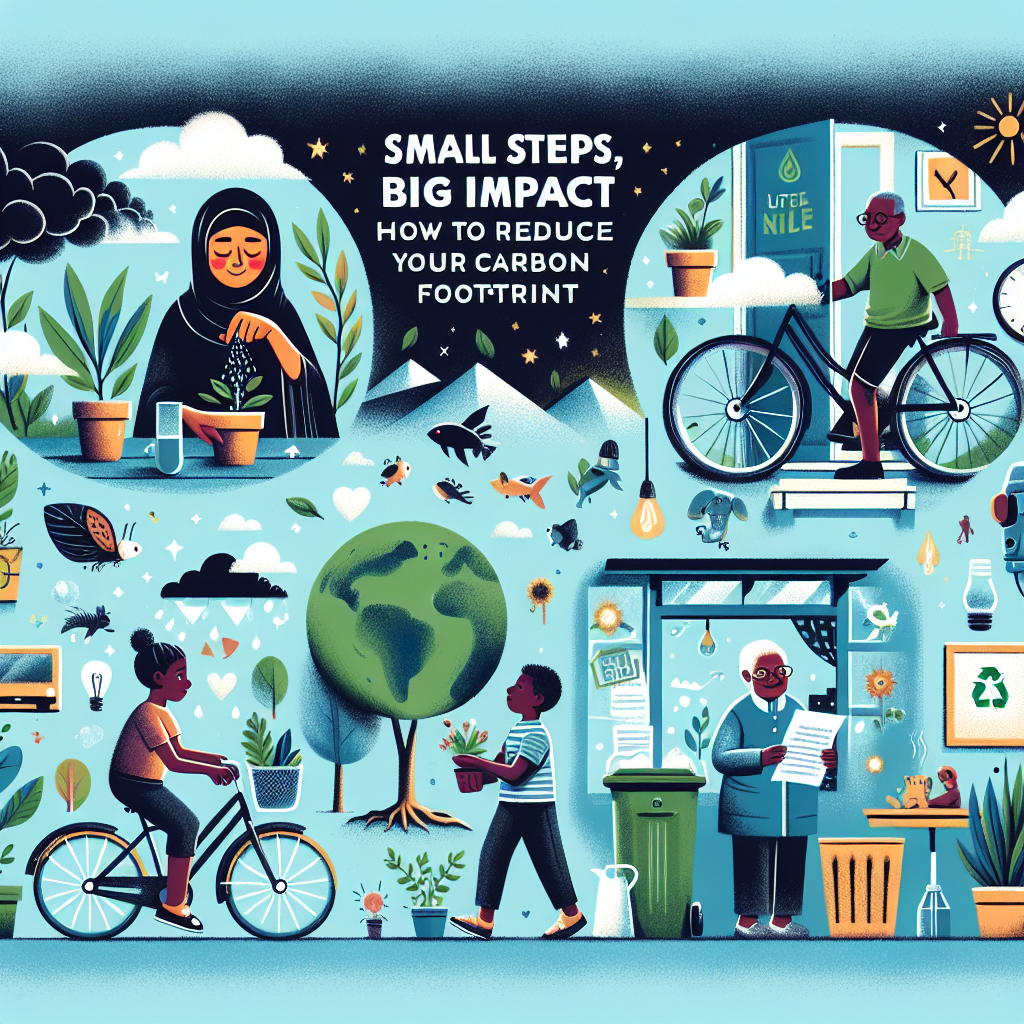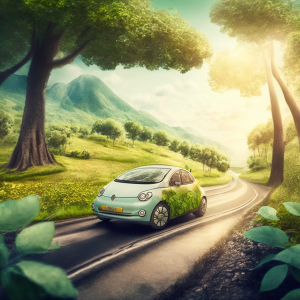Modern Technology Meets Off-Grid Living
Modern off-grid living has transformed over the years. Contrary to the earlier notion of solitary cabins devoid of technology, today’s off-grid lifestyle significantly benefits from cutting-edge advancements. Solar panels, wind turbines, water filtration systems, and smart home technologies are revolutionizing how individuals embrace life unplugged from conventional utilities.
Harnessing renewable energy sources is a cornerstone of modern off-grid living. Solar power, in particular, has made substantial strides with enhanced efficiency and affordability. An increasing number of off-grid homes are adorned with photovoltaic panels, converting sunlight into electricity. High-capacity lithium-ion batteries now store energy more effectively, ensuring continuous power supply during the night or cloudy days. Innovative solar roofing tiles seamlessly integrate into designs, making solar energy harnessing more aesthetically pleasing.
Wind turbines complement solar power, especially in geographical areas with strong wind currents. These devices are no longer cumbersome installations but rather sleek and compact units capable of powering an entire household. Modern wind turbines employ advanced aerodynamics and improved materials to generate electricity even in low-wind conditions, providing a reliable energy source for off-grid living.
Water management has also evolved dramatically. Advanced water filtration and purification systems give off-grid dwellers access to clean and safe drinking water from natural sources like rivers, lakes, or even rainwater. Integrating UV purification and reverse osmosis ensures that water is free from pathogens and contaminants. Rainwater harvesting systems now feature smart sensors and automated controls to optimize water collection and storage, allowing for efficient water use throughout the year.
The concept of smart homes extends into the off-grid sector. Home automation systems manage energy use, maximizing efficiency and reducing wastage. Smart thermostats, lighting controls, and energy monitors allow users to optimize their energy consumption meticulously. For instance, smart thermostats can learn inhabitants’ preferences and adjust heating or cooling systems accordingly, ensuring comfort while conserving energy.
Internet connectivity might seem contradictory in an off-grid setting, yet it has become a pivotal element. Satellite internet technology has advanced significantly, offering reliable high-speed internet access worldwide, even in the most remote areas. This connectivity enables remote work, access to online education, and seamless communication with the outside world. Social media platforms and online forums now serve as support networks, connecting like-minded individuals and facilitating knowledge exchange and troubleshooting advice.
Off-grid living isn’t just about energy independence. It integrates sustainable practices that reduce environmental footprints. Vertical gardens and hydroponics are modern takes on growing food sustainably. These systems allow for a wide variety of crops to be cultivated year-round, irrespective of climate conditions. Aquaponics combines hydroponics with aquaculture, creating a symbiotic environment where fish and plants coexist, further optimizing food production with minimal waste.
The advancements in electric vehicles (EVs) have not gone unnoticed in off-grid living. With extended ranges and improved battery technologies, EVs offer a sustainable transportation option for those living off the beaten path. Portable solar charging stations can refuel vehicles, ensuring mobility without relying on fossil fuels. Vehicles themselves can serve as backup power sources through vehicle-to-home (V2H) systems, providing additional resilience.
Innovative insulation materials and architectural designs further enhance off-grid living efficiency. Homes are now built to optimize energy retention and minimize heating or cooling needs. Materials like structural insulated panels (SIPs) and advanced glazing techniques reduce thermal loss and enhance comfort. Passive solar designs harness sunlight for natural heating, while intelligent ventilation systems ensure air quality without unnecessary energy expenditure.
The affordability and accessibility of these technologies have broadened the appeal of off-grid living. Government incentives and tax credits for renewable energy installations lower the initial investment barrier. Furthermore, the proliferation of DIY resources and online guides empowers individuals to embark on off-grid projects with confidence.
Safety and security systems tailored for off-grid settings demonstrate technological integration’s extent. Solar-powered security cameras, motion sensors, and automated locking systems safeguard properties, deterring potential intruders. Advanced fire detection and suppression systems reduce risks associated with remote living, such as wildfires.
Energy independence coupled with the latest technologies results in a lifestyle that is not only sustainable but also provides a high degree of autonomy and comfort. As the global community increasingly embraces sustainability, off-grid living models set a precedent for environmentally-conscious living without sacrificing modern conveniences. By utilizing renewable resources, embracing smart technologies, and fostering self-reliance, modern off-grid living redefines our relationship with nature and technology in a harmonious blend.




